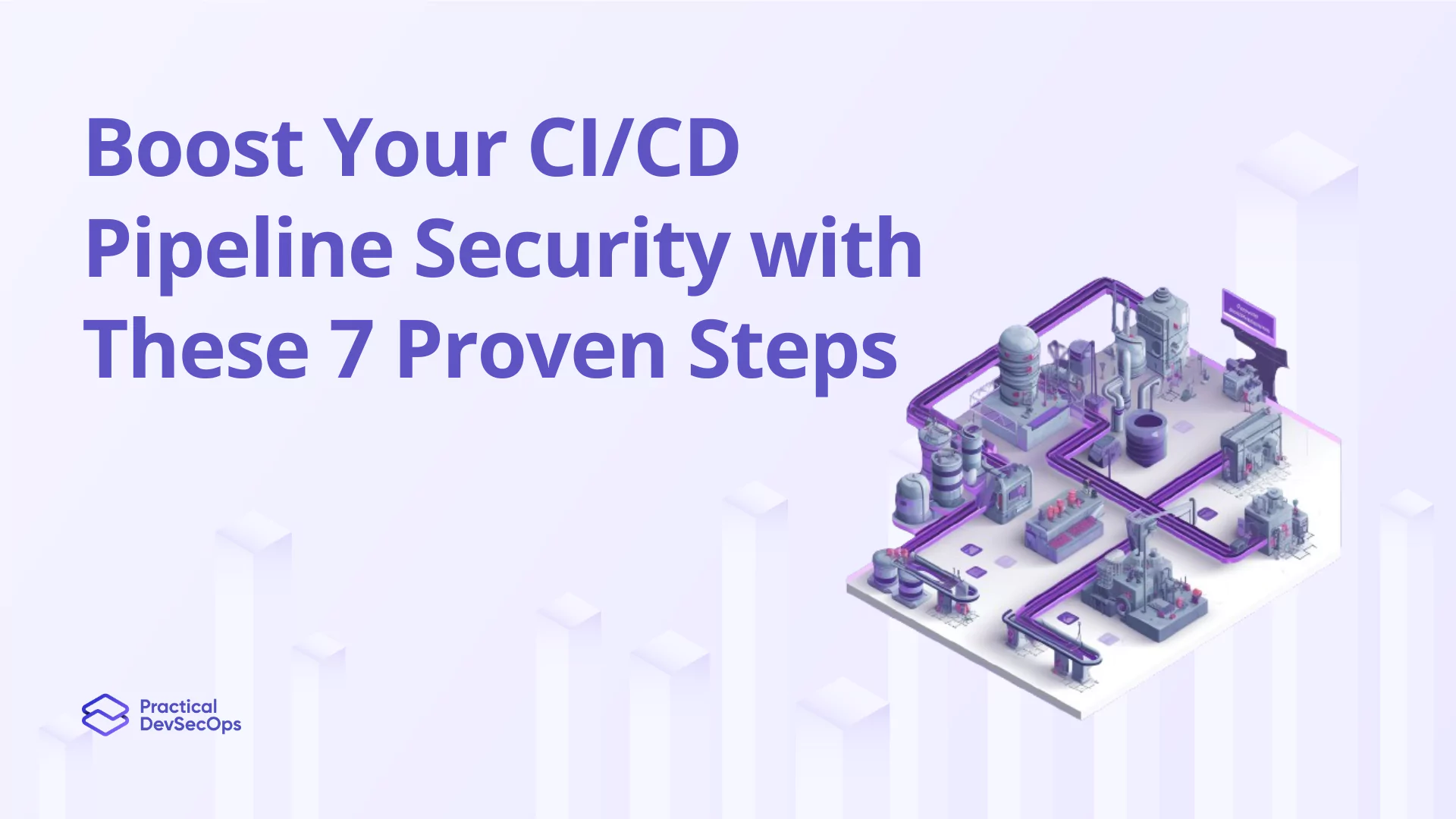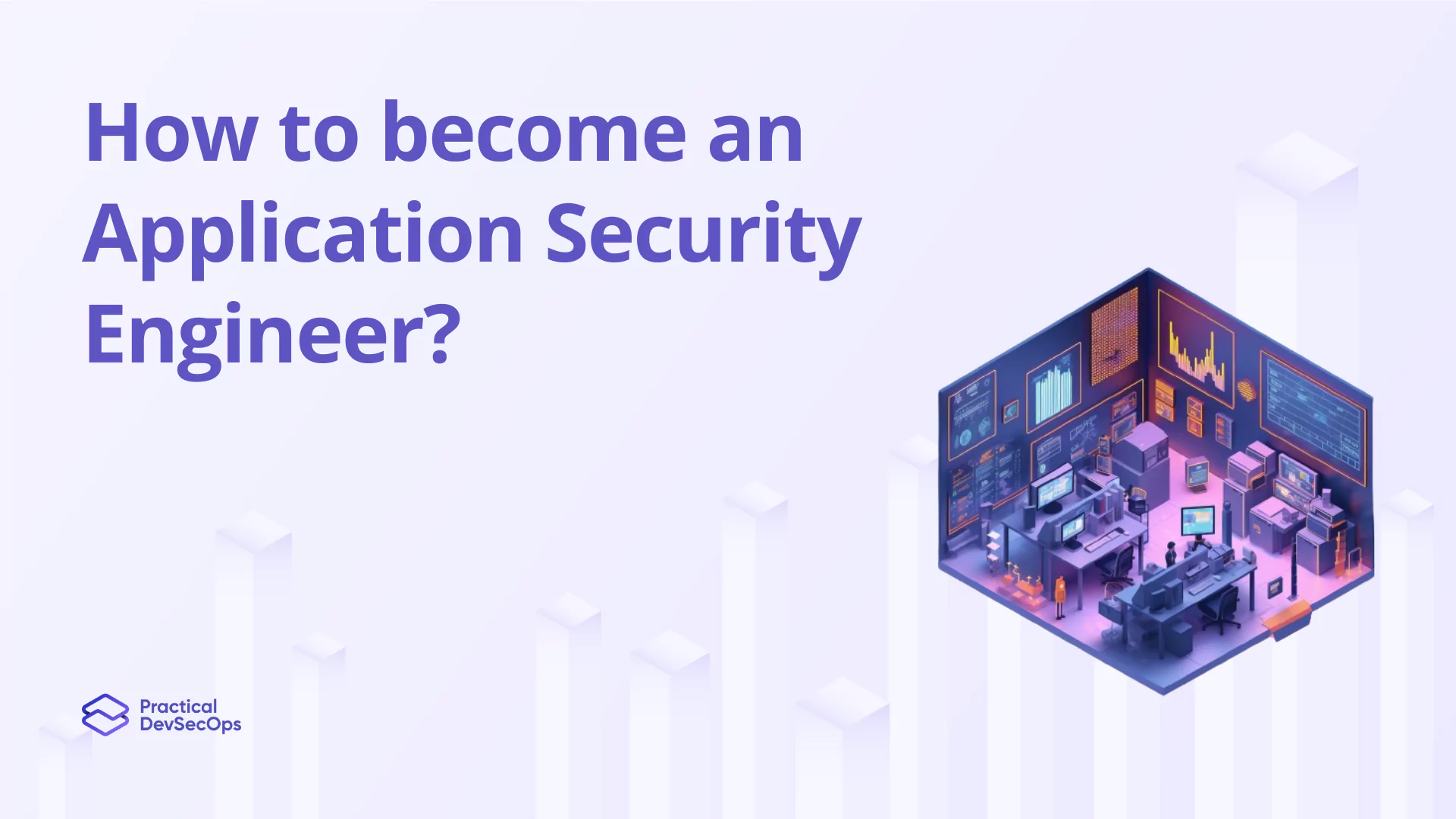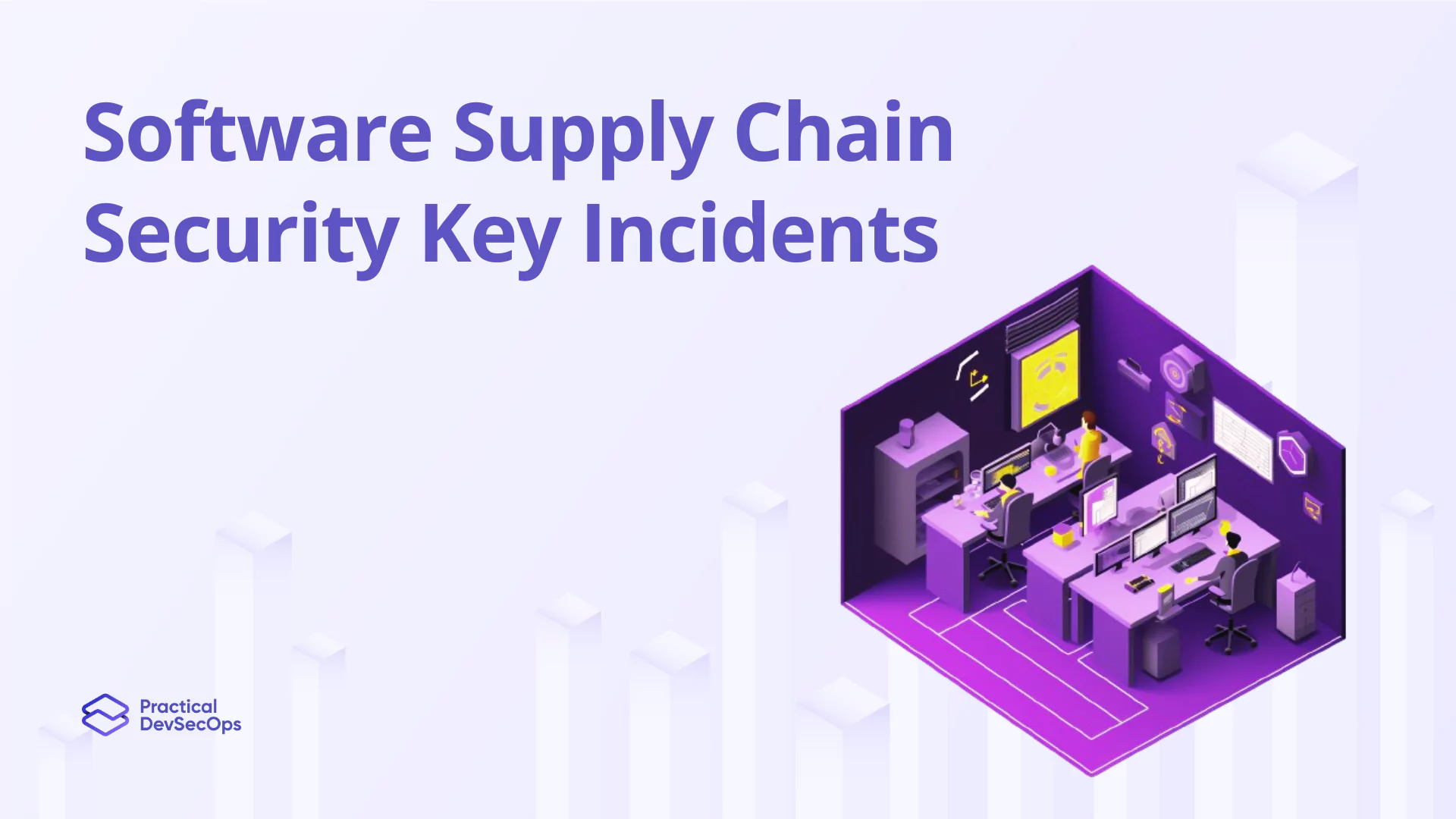In the world of information technology, CI/CD pipelines play a vital role in releasing software updates by speeding up the overall process of software delivery. But with that speed arises risks, and pipeline security is a top precedence worldwide.
That’s where DevSecOps steps in. It turns security a natural part of every development stage. We here at Practical DevSecOps, understand how critical it is to keep those CI/CD pipelines secure and protect organizations’ digital resources.
Our Certified DevSecOps Expert (CDE) course is precisely designed to empower IT security professionals with the skills needed to strengthen pipelines and moderate emerging threats effectively.
Key Takeaways
- Embrace collaboration, automation, and continuous security integration to strengthen CI/CD pipelines and accelerate software delivery.
- Follow the best secure coding practices, do regular code reviews sessions, and adherence to standards like OWASP Top 10 to reduce vulnerabilities and strengthen application security.
- Perform proactive risk assessments and secure pipeline configurations, continuous monitoring, and automate security controls to detect and resolve issues by reducing the risk of data breaches & compliance violations.
- One way to effectively protect pipelines and adapt to changing threats is to take advantage of ongoing education and training opportunities, such as the Certified DevSecOps Expert (CDE) program.
With these seven critical measures, set out to secure your CI/CD pipelines:
Step 1 – Understanding the DevSecOps Paradigm
DevSecOps is not a method; DevSecOps means the culture of the whole team, the automation team, and security. A part of breaking the silos of development, operations, and security, it shares a cultural focus on enabling every individual in the organization with capability and responsibility for security practices.
This approach largely focuses on the proactive management of risks in such a manner that security is part and parcel of any phase or process within the Software Development Lifecycle.
The best security practices in software development will apply easily in our software development to help our organization keep safe online, where the software may remain safe and reliable.
Step 2 – Assessing Pipeline Security Risks
The drawback is that this kind of CI/CD pipelines is prone to a range of security risks from code vulnerabilities and misconfigurations to supply chain attacks and insider threats. Risks can be adequately mitigated by the comprehensive assessment that an organization needs to perform, which is specially customized toward their pipeline architecture and deployment landscapes.
Security teams will then be able to prioritize security measures in line with known potential vulnerabilities and threat vectors, ensuring appropriate controls are in place that reduce exposure to cyber threats.
This kind of streamlined approach to continuous integration empowers organizations with the ability to ensure the identification of security issues and rectification very early in the development process, hence reducing their impact on production systems and safeguarding the sensitive data.
Step 3 – Implementing Secure Development Practices
One of the factors most important to ensuring a resilient CI/CD pipeline is the practice of secure coding, as it largely contributes to enabling organizations to avert risks associated with vulnerability propagation in the codebase.
They should also ensure that the coding standards are met through frequent code reviews and use some automated analysis tools for making the software development team find and correct the potential security flaws right at the beginning of the development life cycle.
The OWASP Top 10, alongside CWE/SANS Top 25, are both secure development frameworks whose adoption helps guide the common security pitfalls and best practices in writing a secure code.
In turn, it will assist organizations in laying a strong foundation in their application security strategy by building in secure development practices in their CI/CD pipelines, thereby reducing the probability of breaches to security and data.
Step 4 – Securing CI/CD Pipeline Configuration
It is an essential part of the CI/CD pipeline to configure and ensure its security and reliability. Incase of any misconfiguration, organizations will be at risk from the viewpoint of security breaches such as unauthorized access, data leakage, or service disruption.
The organizations themselves need a “security-first” approach to the pipeline configuration, wherein they are implementing industry best practices like Infrastructure as Code (IaC) and least-privilege access controls that mitigate these risks.
This would help teams a lot in having a consistent, automate repeatable setup with less risk of errors. Further, with the configuration of the pipeline, regular auditing and reviewing of the pipeline configuration can be very helpful so that, prior to any malicious attack, security loopholes can be identified and corrected.
Step 5 – Continuous Security Monitoring
Organizations must safeguard their CI/CD pipelines’ security and integrity using robust strategies, techniques, and monitoring tools for real-time incident response, reducing system and data risks.
Activities like log analysis, vulnerability scanning, and intrusion detection identify and mitigate threats promptly.
Adopting these measures improves security posture, integrates secure applications into CI/CD pipelines, and proactively minimizes data breaches and downtime risks.
Step 6 – Automating Security Controls
Automation serves as the cornerstone of DevSecOps, enhancing the CI/CD pipeline with consistent and efficient security controls, reducing human error, and streamlining security processes.
This includes automated testing, compliance checks, and policy enforcement, along with features like code analysis, container scanning, and vulnerability detection to promptly address security issues.
Integrating these automated measures bolsters the pipeline’s security, leading to safer software delivery.
Step 7 – Ensuring Compliance and Governance
Navigating the complex regulatory landscape and adhering to compliance standards are crucial for organizations today.
Establishing robust compliance and governance practices is how companies demonstrate their commitment to data protection, risk management, and building trust among customers, partners, and regulators.
These frameworks offer a structured method to effectively identify and address compliance discrepancies, advocating for the automation of security control validations to ensure software deployments align with regulatory and industry standards.
Regular audits and assessments further help organizations gauge their compliance status and uncover areas for enhancement, thereby strengthening their overall security framework.
Routine audits and assessments will give organizations a good feel for their compliance posture and potential room for improvement, ensuring more overall strength of security.
Conclusion
In the swiftly evolving digital landscape, securing CI/CD pipelines is essential. DevSecOps presents a robust solution by weaving security throughout the development lifecycle. At Practical DevSecOps, our commitment is to equip IT security professionals with the tools they need through our Certified DevSecOps Expert (CDE) course.
Learner’s will acquire the necessary knowledge and skills to reinforce their pipelines effectively. Embrace the journey to mastering DevSecOps principles and practices with us, ensuring the creation and delivery of secure software products. Join us in advancing pipeline security and maintaining a competitive edge in the dynamic world of technology.






0 Comments